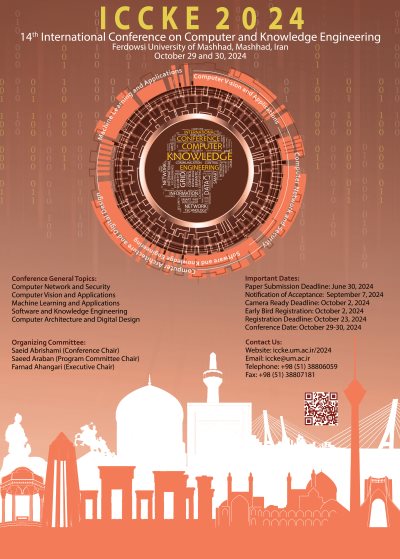0% Complete

Authors :
Keywords :
Abstract :
List of archived papers
Mohammad Hossein Hamzenejadi - Hadis Mohseni
Mohammad Naisipour - Saghar Ganji - Iraj Saeedpanah - Behnam Mehrakizadeh - Ahmad Reza Labibzadeh
Somayeh Kalhor - Mohammad reza Keyvanpour - Afshin Salajegheh
Mobin Vaziri - Hadi Jahanirad
Seyed majid Hosseini - Seyedeh Mozhgan Rahmatinia - Seyed Amin Hosseini Seno - Hadi Sadoghi yazdi
Mehdi Zirak - Yasser Sedaghat - Mohammad Hossein Yaghmaee Moghaddam
Amir Masoud Heidari Orojloo - Morteza Keshtkaran
Ali Ganjbakhsh - Ahad Harati
Mohammadreza Asadi - Seyedeh Sogand Hashemi - Mohammad Taghi Sadeghi
Maryam Kamareh - Mohammad Sadegh Helfroush - Kamran Kazemi


